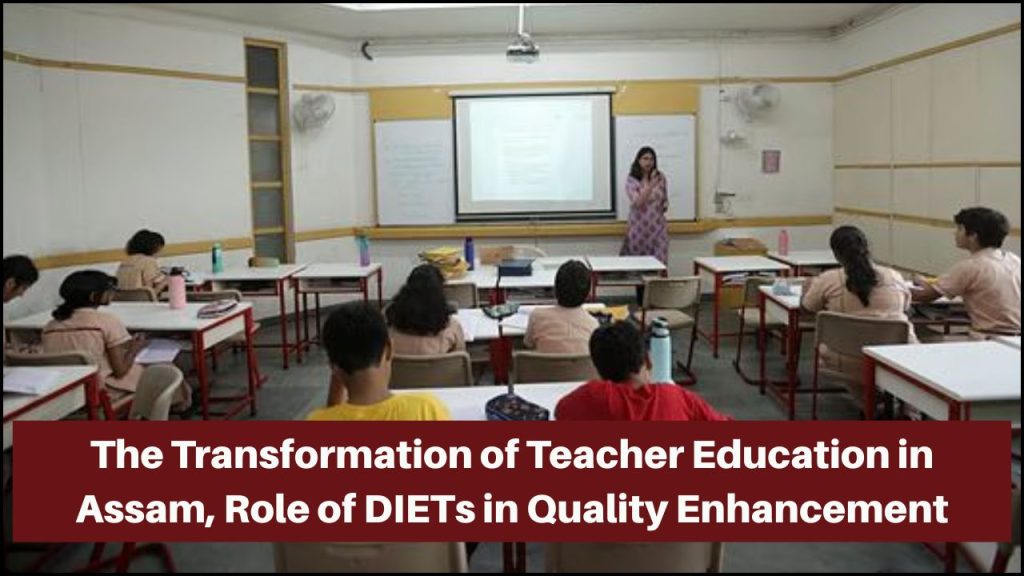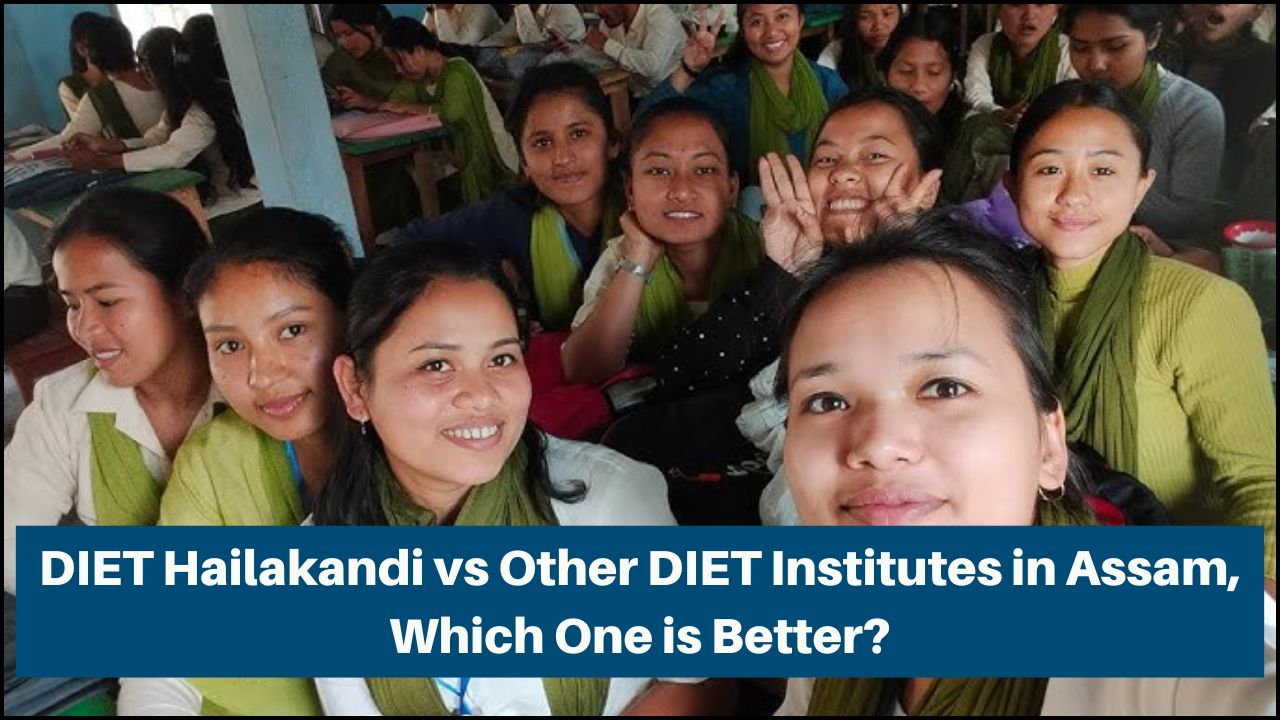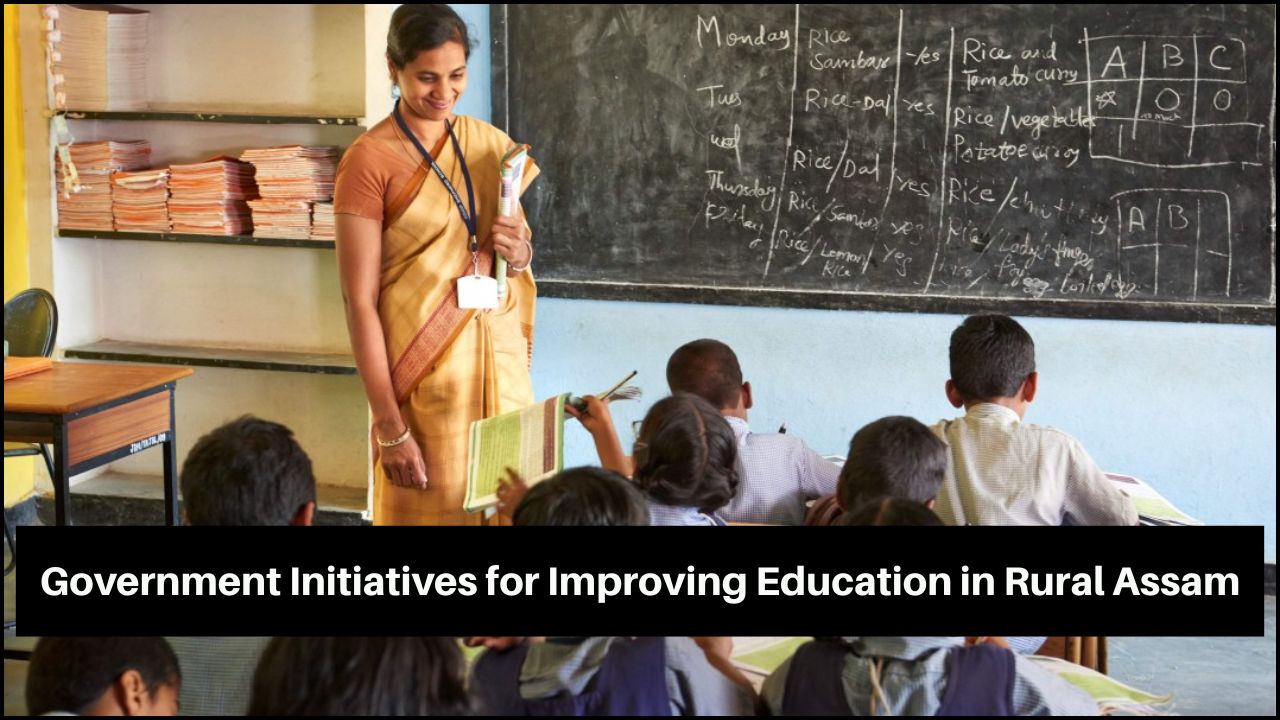
Teacher education in Assam has undergone major changes over the past few decades. The establishment of District Institutes of Education and Training (DIETs) played a central role in improving the quality of primary and secondary education. These institutes were introduced to bridge the gap between teacher knowledge and classroom needs.
A strong focus on capacity building, in-service training, and curriculum reform has transformed the teaching profession across the state. The following sections explore how DIETs have contributed to this transformation and their impact on education quality.
Table of Contents
Origin and Development of DIETs in Assam
- DIETs were established under the National Policy on Education 1986.
- Assam received its first DIETs in the early 1990s.
- Initial goals included teacher training, academic support, and curriculum development.
Key Features of DIET Establishment:
| Aspect | Details |
|---|---|
| First DIET in Assam | DIET Kamrup was among the first in the early 1990s |
| Funding | Central Government with state-level collaboration |
| Target Group | Elementary school teachers and future educators |
| Affiliation | SCERT Assam and NCTE guidelines |
Major Functions of DIETs
- Training of pre-service and in-service teachers
- Research in local educational practices
- Development of teaching-learning materials
- Monitoring of school-level education
- Support to schools and Block Resource Centres (BRCs)
Function-wise Role Description:
| Function | Explanation |
|---|---|
| Pre-Service Training | Two-year D.El.Ed course for future primary teachers |
| In-Service Training | Short-term refresher courses for existing teachers |
| Material Development | Creation of textbooks, workbooks, and teacher manuals |
| Field Engagement | Educational surveys, classroom observation, and community projects |
| Academic Monitoring | Supervision and guidance to teachers in rural and urban government schools |
Infrastructure and Resources in DIETs
- Library facilities with updated books and journals
- ICT labs for digital learning exposure
- Science and math labs for subject-specific training
- Hostel facilities for trainees
- Model schools are attached for real-time practice teaching
Comparison of DIET Infrastructure (Sample Districts):
| DIET | Library Resources | ICT Access | Hostel Capacity | Model School |
|---|---|---|---|---|
| DIET Kamrup | 5,000+ books | 25 computers | 100 trainees | Yes |
| DIET Dibrugarh | 4,000+ books | 20 computers | 80 trainees | Yes |
| DIET Cachar | 3,500+ books | 18 computers | 70 trainees | Yes |
Innovations in Teaching and Learning
- Use of ICT tools such as smart boards and projectors
- Introduction of TLM workshops (Teaching Learning Material)
- Peer group discussions for collaborative learning
- Micro-teaching sessions for skill improvement
- Bilingual teaching to address language diversity in Assam
Examples of Innovative Practices:
| Innovation | Benefit to Teacher Education |
|---|---|
| Micro-Teaching | Improves delivery style and classroom control |
| Digital Resources | Access to online modules and e-content |
| Peer Learning Circles | Strengthens mutual learning and problem-solving |
| Local Language Modules | Encourages the inclusion of Assamese and tribal dialects in teaching strategies |
Partnership with SCERT Assam
- DIETs follow academic guidelines from the State Council of Educational Research and Training (SCERT).
- Joint curriculum planning and teacher assessments
- Workshops and seminars organized by SCERT for DIET faculty and trainees
- Monitoring visits from SCERT officials to ensure quality delivery
Key Collaborative Activities with SCERT:
| Activity | Purpose |
|---|---|
| Curriculum Framework | Aligning DIET courses with state education goals |
| Teacher Evaluation | Testing the effectiveness of teaching strategies |
| Material Vetting | Ensuring the quality of books and guides developed |
| Capacity Building | Enhancing the skills of DIET trainers |
Impact on School Education Quality
- Improved classroom practices in primary schools
- Better student learning outcomes in language and math
- Reduced dropout rates due to interactive teaching methods
- Higher motivation among teachers through continuous support
- Enhanced community involvement through outreach programs
Evidence of Quality Enhancement:
| Indicator | Before DIETs | After DIETs (Recent Trends) |
|---|---|---|
| Student Attendance | Around 70% | Increased to 85–90% |
| Primary Teacher Training | Less than 50% trained | Over 85% trained |
| Teaching Aids in Use | Minimal use | Regular use of TLM and ICT |
| Parental Engagement | Low | Noticeable increase |
Challenges Faced by DIETs
- Shortage of trained faculty members
- Inadequate budget allocation
- Poor infrastructure in some rural districts
- Limited digital access in remote areas
- High trainee-to-trainer ratio
Challenges Summary:
| Challenge | Impact |
|---|---|
| Faculty Vacancies | Affects training quality |
| Low ICT Penetration | Limits innovation in rural districts |
| Funding Delays | Interrupts academic activities and upgrades |
| Outdated Curriculum | Fails to match current classroom needs |
| Logistical Constraints | Restricts outreach and field monitoring |
Recommendations for Further Improvement
- Appointment of qualified teacher educators
- Increase in annual grants and infrastructure development
- Integration of AI-based learning tools
- Translation of learning content into local dialects
- Regular policy reviews to address field-level challenges
Suggested Measures for Quality Boost:
| Measure | Expected Outcome |
|---|---|
| Faculty Recruitment | Better trainee support and subject clarity |
| Smart Classrooms | Enhanced trainee engagement and learning speed |
| Local Curriculum Inclusion | Greater relevance and classroom implementation |
| Digital Repository Access | Anytime learning resources for both trainees and teachers |
Summing Up
The District Institutes of Education and Training (DIETs) have played a significant role in transforming teacher education in Assam. These institutes not only provide structured training but also ensure the continuous professional development of teachers. Despite facing several limitations, their impact on educational quality is visible across the state. A collective focus on innovation, infrastructure, and policy support can further improve the effectiveness of DIETs, ensuring every child in Assam receives quality education guided by well-trained teachers.





